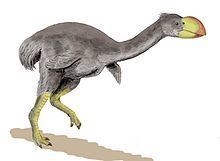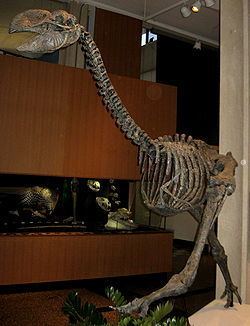Scientific name Dromornis | Phylum Chordata Rank Genus | |
 | ||
Similar Dromornis stirtoni, Bird, Dinosaur, Bullockornis, Brontornis | ||
Dromornis is a genus of prehistoric birds that stood up to 3 metres (9.8 ft) tall and weighed up to 650 kg.
Contents
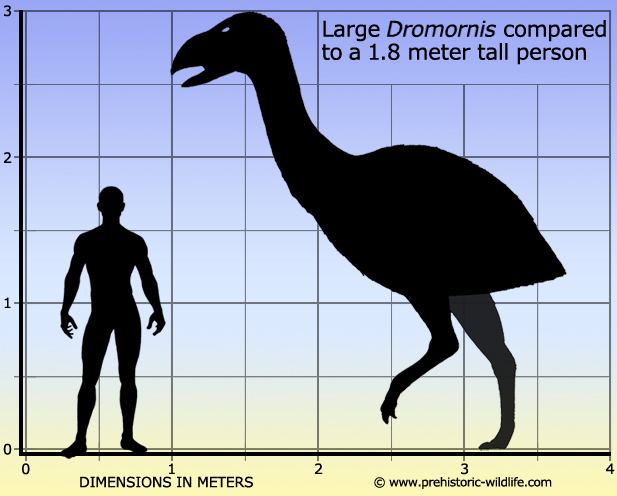
Adam dromornis 1
Taxonomy
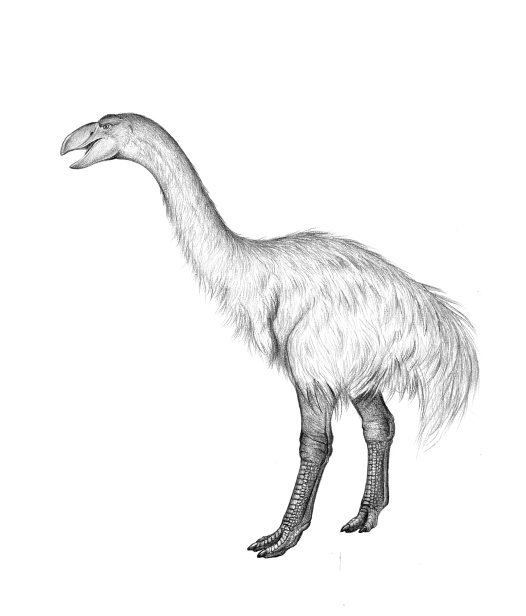
Although they looked like giant emus, the Dromornis are more closely related to fowl. Dromornis are part of a family of giant birds called Dromornithidae that lived from 8 million years ago until less than 30,000 years ago. Australia had been separated from the big southern landmass of Gondwana for millions of years by this time. The animals of Australia had evolved very slowly in almost complete isolation from the animals of other continents. The type specimen, a femur, was found in a 55 metre deep well at Peak Downs, Queensland, and subsequently described by Richard Owen in 1872. Due to the poor fossil record of D. australis (the type species of the genus) and the large time gap between the two Dromornis species, D. stirtoni may eventually be reassigned to the genus Bullockornis.
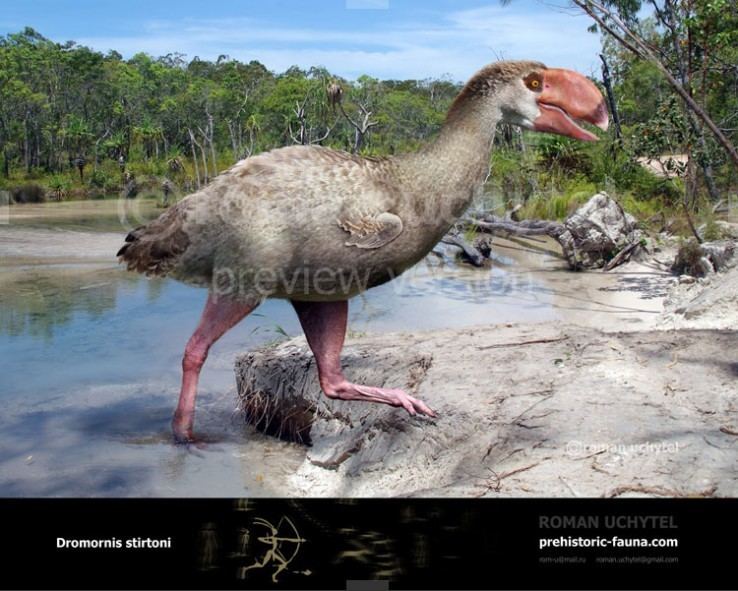
They are sometimes referred to as Mihirung birds, or the "Stirton's Thunder Birds". 'Mihirung paringmal' is an Aboriginal word from the Tjapwuring people of Western Victoria and it means 'giant bird'.
Description

Dromornis stirtoni was 3 metres (9.8 ft) tall and weighed up to 650 kg. It was heavier than the Moa and taller than Aepyornis. This genus had a long neck and stub-like wings, rendering it flightless. Its legs were powerful, but it is not believed to have been a fast runner. The bird's beak was large and immensely powerful, leading some researchers to theorize that it was a herbivore that used its beak to shear through tough plant stalks. Others have argued that the size of the beak suggests that the bird was a carnivore, but this has since been dismissed, as the beak lacks specializations for carnivory and the bird shows several other specializations towards herbivory.
Dromornis was sexually dimorphic. Males were more robust and heavier, though not necessarily taller, than females.
Habitat and behaviour

It inhabited subtropical open woodlands in Australia during the Late Miocene to the early Pliocene, and may have been carnivorous, although some people suggested that it may have been omnivorous, or more likely herbivorous, judging to its beak design. There were forests and a permanent water supply at Alcoota, one location where the Dromornis birds lived, although the climate was very unpredictable. Dromornis had a huge beak and jaw capable of great force.
